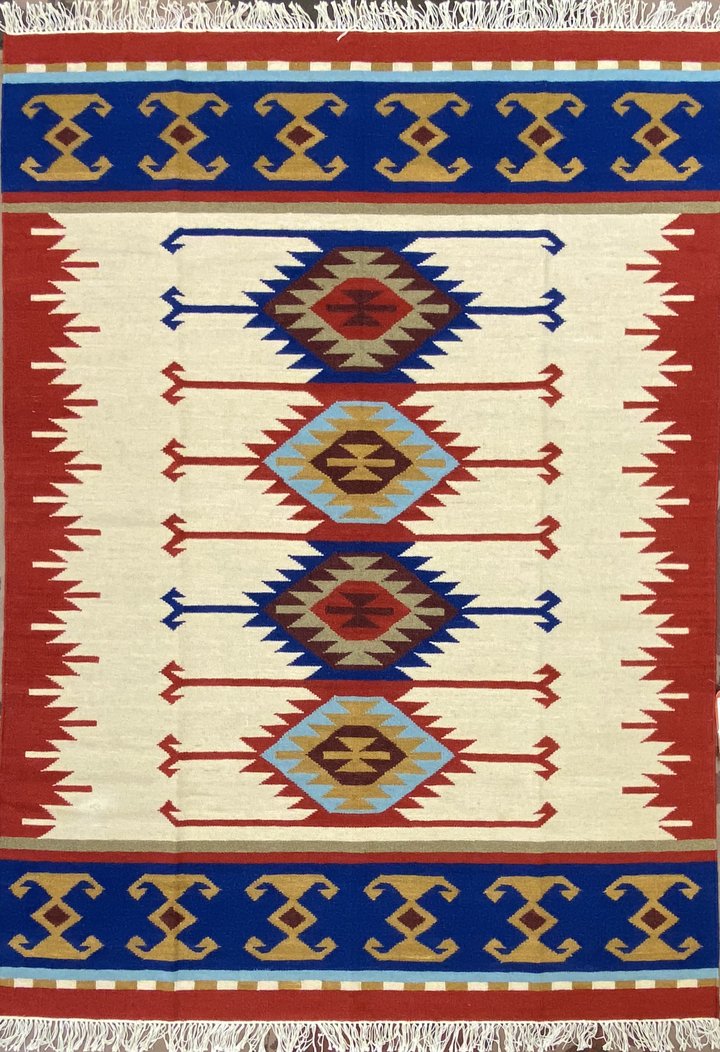

Are you looking to buy a new rug but cannot decide between Kilim rugs and traditional rugs? It can be confusing at first but once you learn a little more about the origins and features of each rug type, how they are made, and the differences between the two, you will find it easier to decide which one is the right choice for you.
Kilim is a Turkish word that translates to ‘textile without piles’. This textile is produced using a flat weave technique that is also used by artisans in Turkey, the Caucasus, China, North Africa, the Balkan, Afghanistan, Pakistan, Iran and Central Asia. While you can say Kilim rugs are Oriental rugs, most rug connoisseurs acknowledge that Kilims are a class of their own.
Traditional rugs use different weaving techniques and they almost always have a pile, although their length may vary from one type of rug to another. They are made in countries around the world.
It is the weaving technique that made a Kilim different from a traditional rug. These rugs are made using a flat weaving technique, which explains the lack of pile. This makes the rug lightweight.
A weaver uses two sets of yarn to weave Kilim. One set is positioned vertically while the other set sits horizontally. The two sets are interwoven, with the horizontal yarn passing through the vertical yarn and this process is repeated. As the weaver weaves, they insert decorative patterns or motifs into the Kilim. This is usually done by using different colored yarns.
Its unique flat, lightweight qualities make a Kilim very versatile in the way it can be used. You can use a Kilim as a floor decoration, wall hanging or even as a cover for a divan.
The lack of pile makes Kilim rugs different from traditional rugs. Also, high-quality Kilim rugs are primarily made from pure wool, but you can also find rugs made out of cotton or animal hair, usually camel or goat.
Traditional rugs, the ones with pile, are usually made using wool. However, thanks to advances in technology, nowadays, weavers also use nylon, polyester and other synthetic fibers as they are cheaper than wool.
In a traditional rug, you will find twisted tufts, which are treated by heat so that they maintain their shape. Traditional rugs are found in a range of colors and serve to insulate the floor from the cold, add a decorative element to the room or keep street noises at bay.
Data source: Catalina